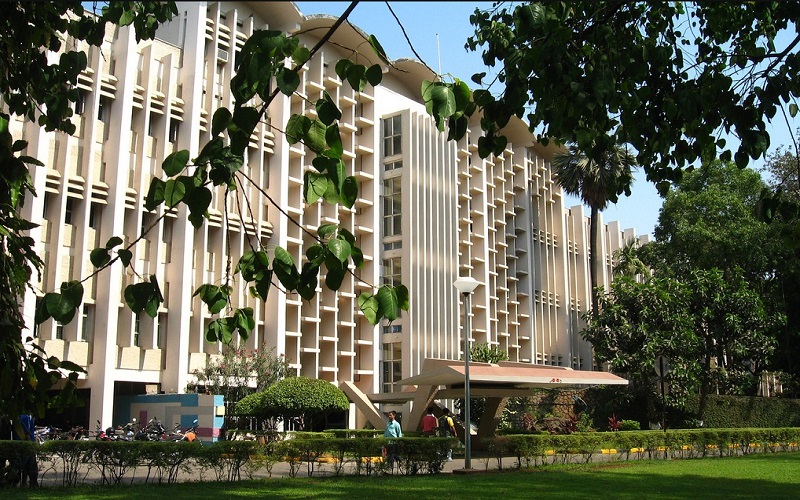The Indian Institute of Technology (IIT) in Mumbai, also known as IIT Bombay, has achieved a significant milestone by reaching its highest-ever global ranking. In the latest edition of the QS World University Ranking, released recently, IIT Bombay has secured the 149th position globally, marking a remarkable leap of 23 positions. This accomplishment is particularly noteworthy as it is the first time in eight years that an Indian higher education institution has made it into the top 150 universities.
Previously, in 2016, the Indian Institute of Science (IISc) Bangalore achieved a similar feat by attaining the 147th rank. However, this year’s rankings have seen notable fluctuations, including a decline for IISc, which dropped 70 positions from 155th to 225th. Consequently, IISc is now the third-highest ranked Indian institution, whereas it held the top position among Indian institutions last year. Other prestigious IITs such as IIT Delhi, IIT Kanpur, and IIT Madras have also experienced declines in their rankings.
The UK-based ranking agency, QS Quacquarelli Symonds, has attributed the fluctuations in rankings partly to a revision of the assessment parameters for this year’s edition. Three new indicators were introduced, namely sustainability, employment outcomes, and international research network, each accounting for 5% of the evaluation. To accommodate these indicators, adjustments were made to the weights assigned to other parameters. The importance of the academic reputation indicator was reduced from 40% to 30%, while the emphasis on the faculty-student ratio was decreased from 15% to 10%. On the other hand, the significance of the employer reputation indicator was increased from 10% to 15%.
The Result of IIT Bombay breaking into Top 150
The reduction in emphasis on the faculty-student ratio had a negative impact on research-focused institutions like IISc, which typically have a lower teaching load compared to the IITs. As a result, IISc’s ranking was affected. However, according to a spokesperson from QS, the decline in rankings for IISc can be attributed to multiple factors, including drops in indicators related to global engagement, such as international student ratio, international faculty ratio, and international research network. Other factors contributing to the decline include a decrease in citations per faculty and employer reputation.
IIT Bombay has showcased excellence in the employment reputation and citation per faculty parameters. Particularly impressive is the improvement in citation per faculty, with the score rising from 55.1 last year to an impressive 73.1 this year. Over the past five years, the institute has made significant strides in its employer reputation ranking, moving from the 102nd position to the 69th position, as well as in its citations per faculty rank, progressing from 226th to 133rd.
Subhasis Chaudhuri, the Director of IIT Bombay, attributes the boost in the institute’s research productivity to the pandemic lockdown. This resulted in numerous research papers published in high-impact journals, which are now being cited and contributing to the improved ranking. Chaudhuri also highlights IIT Bombay’s research quality, noting that 30% of its output is published in the top 10% of academic journals by impact. This figure surpasses the global average by 6% and is an impressive 15% higher than the average among Indian institutions. However, the institute acknowledges the need for further improvement in internationalization metrics, specifically regarding foreign students and faculty.
In the QS World University Rankings, India has shown strong representation, with 45 universities ranked this year. India ranks as the seventh most represented country globally and the third in Asia, trailing behind Japan with 52 universities and Mainland China with 71 universities. Additionally, two more Indian universities have made their debut in the world.
Check out latest news daily at college49




